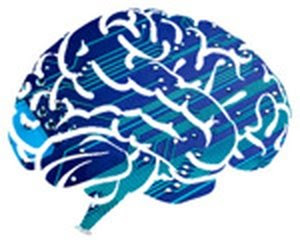Dubbed 'Chatter Box', the £940K, five-year study is linked to the £1 million 'Brain Box' project that aims to build this new breed of computer based on biological principles that will enable it to carry out highly complex functions like those performed by the human brain.
"The human brain contains about one hundred billion nerve cells or neurons that each have to make a simple decision as to whether to 'fire' or not," said Professor Steve Furber, in the School of Computer Science.
"Each neuron's decision is based on how many other connecting neurons have fired recently. When this simple computation is distributed over billions of neurons, it is capable of supporting all the highly complex behavioural characteristics exhibited by humans.
"The Brain Box computer is being built using simple microprocessors that are designed to interact like the networks of neurons in the brain allowing it to replicate sophisticated functions such as speech."
Once the team have successfully produced the machine they will use it to build a model of normal human language capable of reading, comprehending, speaking, naming and repeating basic words in English.
"To train such a model using existing computer simulators would take far too long – possibly more than a lifetime," said Dr Stephen Welbourne, in the School of Psychological Sciences.
"We will validate this model by showing that damaging it can lead to the same patterns of behaviour as those found in brain-damaged individuals.
"We will then use the model to predict the results of different speech therapy strategies and will test these predictions in a population of stroke patients who have linguistic problems.
"Our goal is to understand how the brain supports language function, how this breaks down after brain damage and the mechanisms that support recovery and rehabilitation." ###
The Chatter Box study has been funded by the Engineering and Physical Sciences Research Council, the Medical Research Council and the Biotechnology and Biological Sciences Research Council under the Cognitive Foresight Programme.
Notes for editors:
The Brain Box computer uses Parallel Distributed Processing (PDP), a form of computation where a large number of processing units performing simple calculations can be employed altogether to solve much more complex problems.
Standard PCs deal with each unit in the model one after another in a serial process. This serial processing imposes severe limitations upon the complexity of problems that can be tackled.
Many psychologists therefore believe that PDP models are the best way of describing human cognition.
Further information about the Brain Box project is available at cs.manchester.ac.uk/aboutus/
Contact: Aeron Haworth aeron.haworth@manchester.ac.uk 44-161-275-8383 University of Manchester












No comments:
Post a Comment